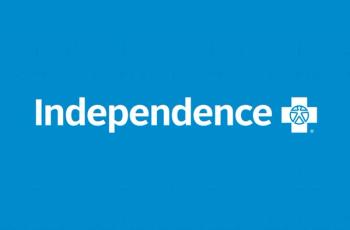
Federal exchanges face challenges
The federal government and states will face a number of challenges upon establishing and operating federally facilitated health insurance exchanges.
The federal government and states will face challenges in establishing and operating federally facilitated health insurance exchanges, according to a new Health Policy Brief from Health Affairs and the Robert Wood Johnson Foundation. Federal exchanges will be implemented in the 25 states that have elected to forgo running their own exchanges, as well as states that have decided to create and operate an exchange in partnership with the federal government.
One obstacle is the variation in state laws. It will be challenging for the Department of Health and Human Services (HHS) to customize exchanges to meet each state’s unique market needs, the policy brief says.
There is also an issue with states deciding not to expand Medicaid coverage. Without an expansion, people with incomes between 100% and 138% of the federal poverty level will be eligible to purchase coverage through exchanges, however those under 138%, who would have qualified for Medicaid with expansion, will not recieve subsidies because the law did not account for the possiblity of a state opt-out. Subsidized private coverage through an exchange will most likely cost more than Medicaid coverage, so the overall federal cost will be higher.
Additionally, the federal government will only be able to regulate plans that are sold through the exchanges, which is also potentially problematic. It runs the risk of healthy people opting for cheaper plans outside the exchange, while “sicker” people opt for exchange coverage. This increases the risk for adverse selection. Although there are risk-adjustment aspects to the Patient Protection and Affordable Care Act that could alleviate a plan’s gains and losses, they may not take effect right off the bat.
The timetable for the planning and implementation of these exchanges is also constricted. All exchanges must be ready for open enrollment, scheduled for October 2013, in order to be ready for the plan year that starts Jan. 1, 2014.
HHS has allowed states until the end of 2014 to obtain and use exchange establishment funding from the federal government, and it’s possible some states that initially decided to pass up creating their own exchange for an exchange partnership or federally facilitated model may replace those with an entirely state-run exchange.
Newsletter
Get the latest industry news, event updates, and more from Managed healthcare Executive.






















































